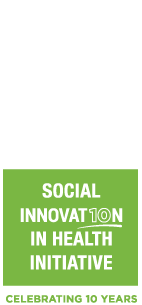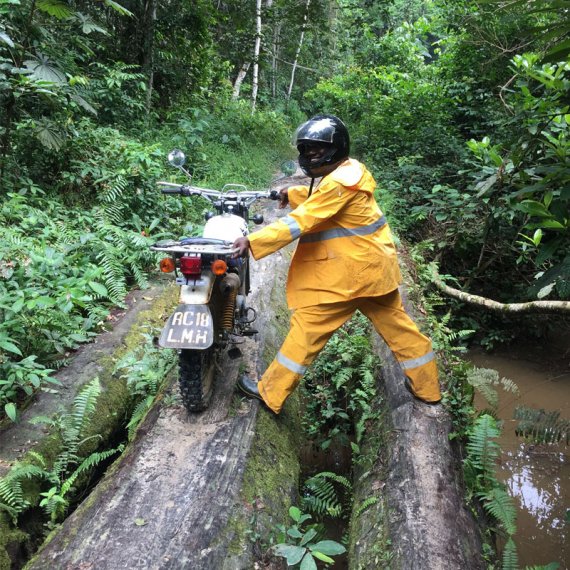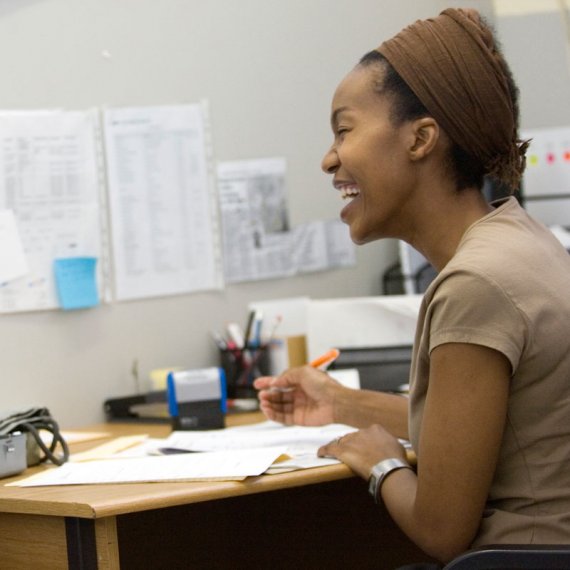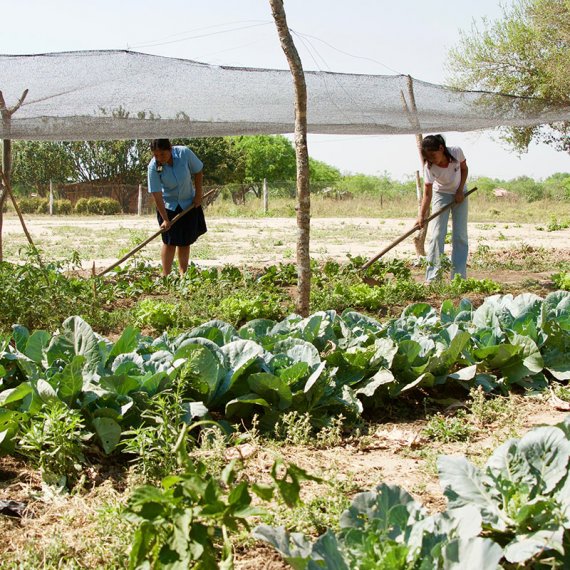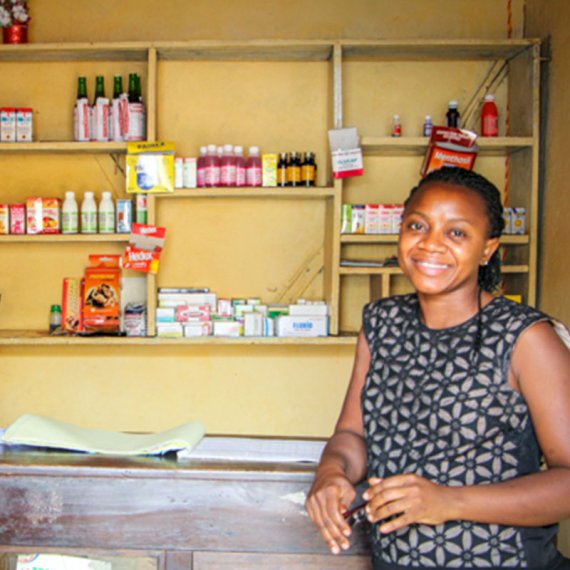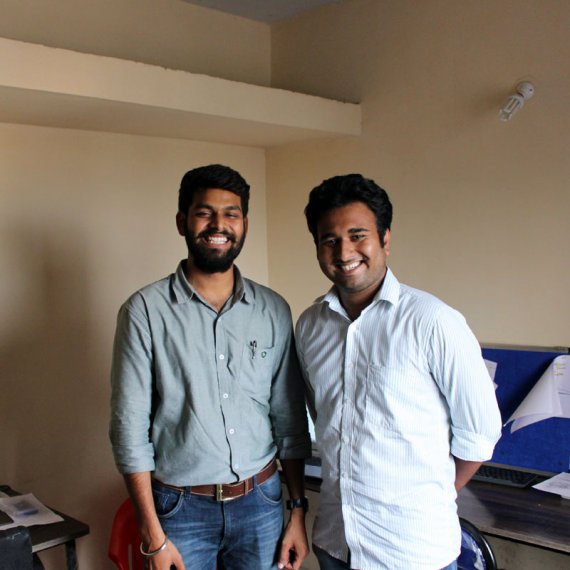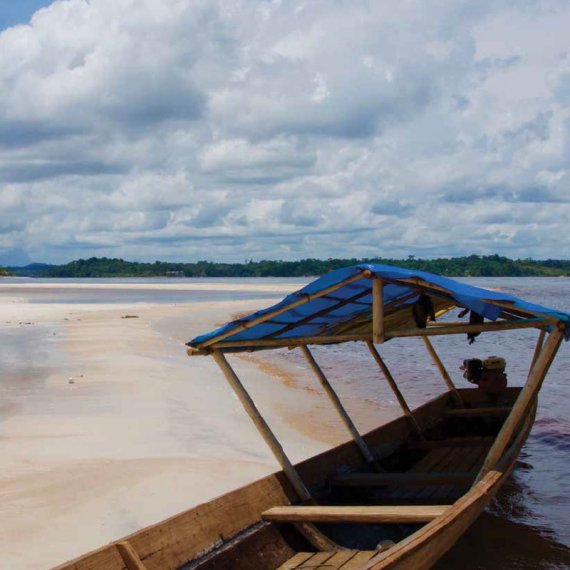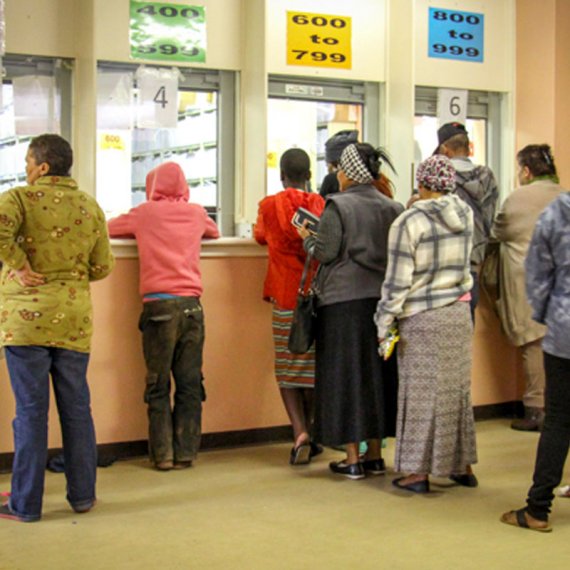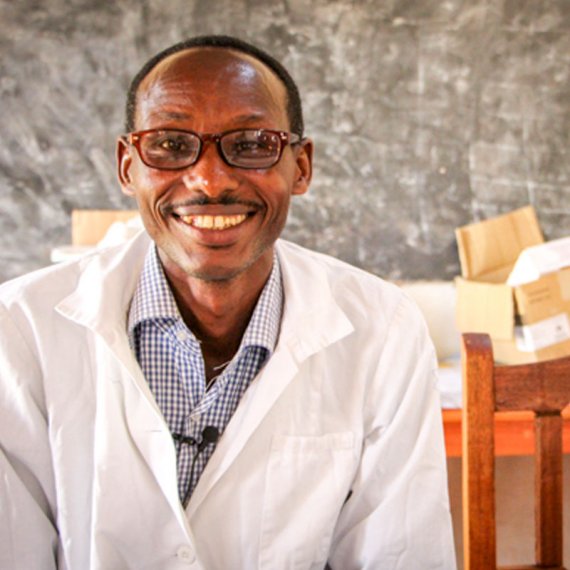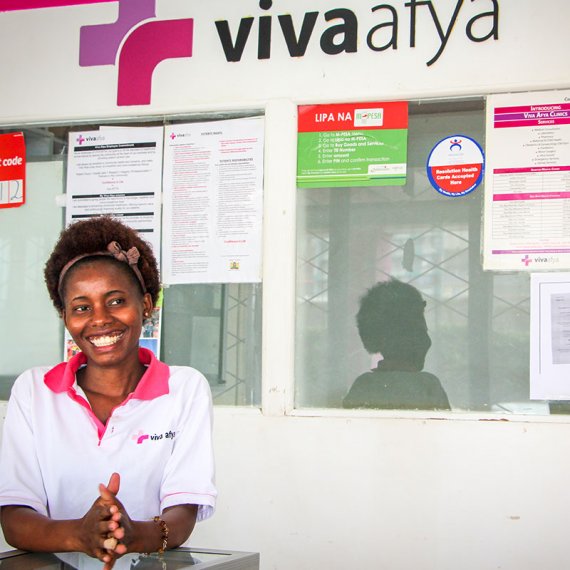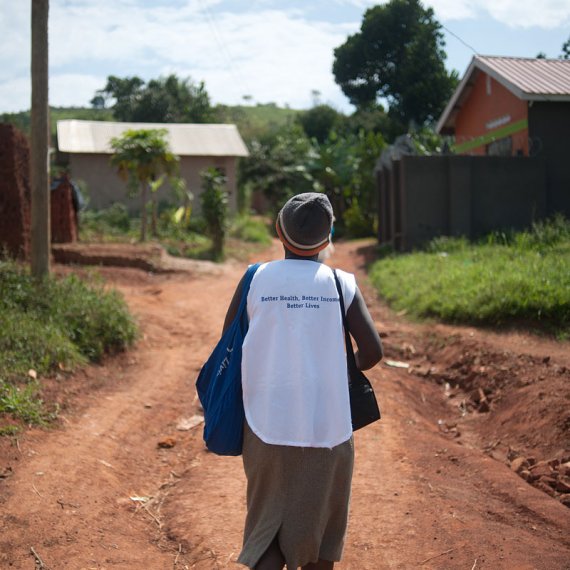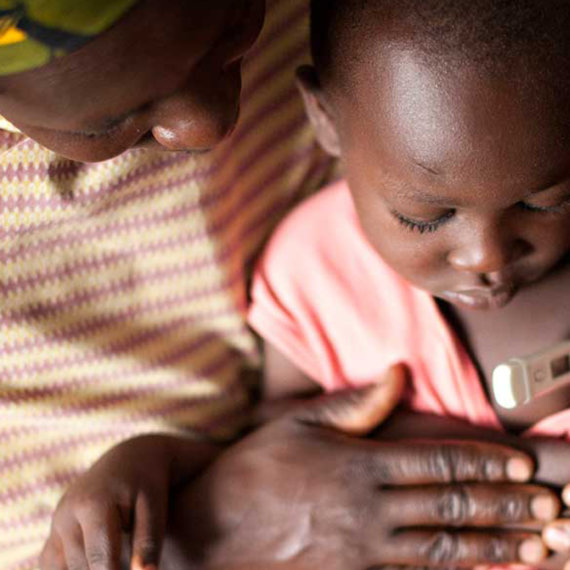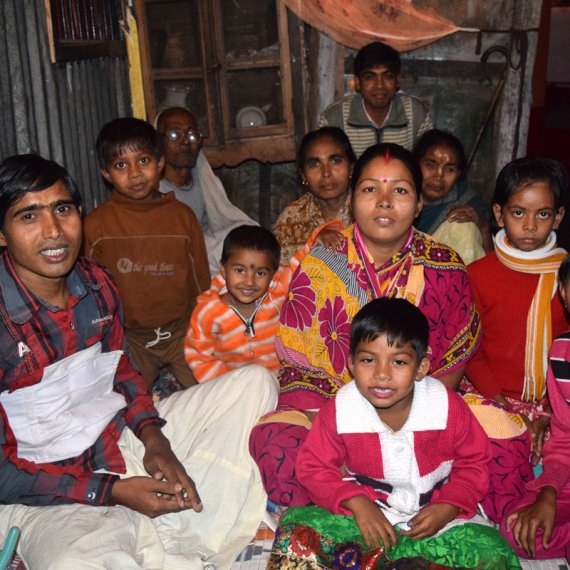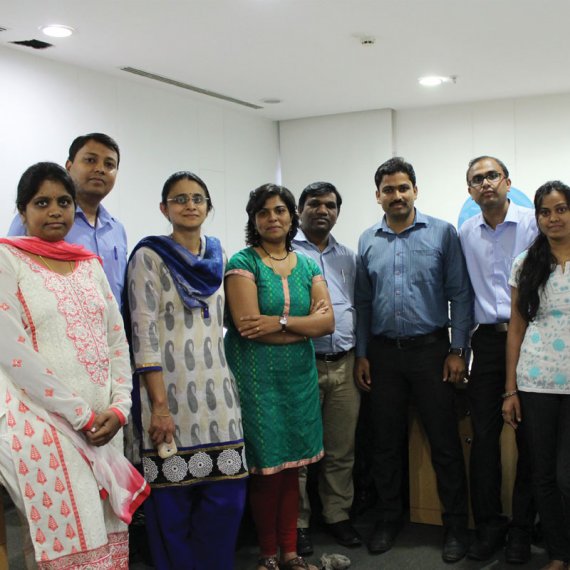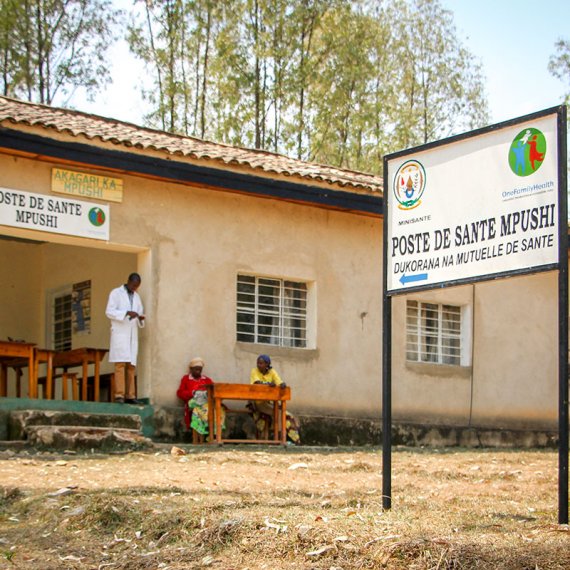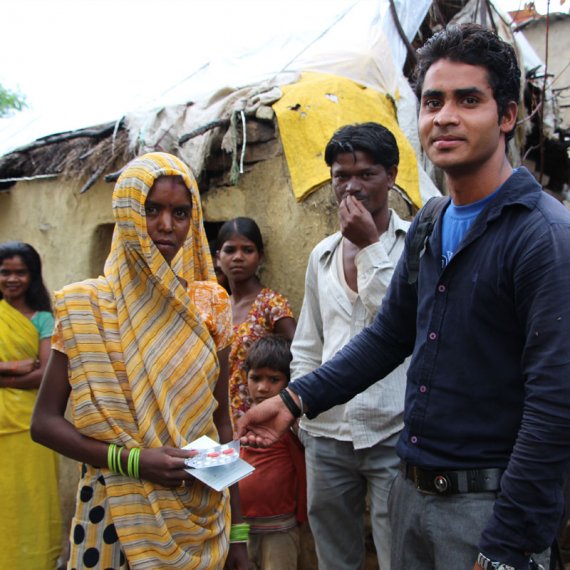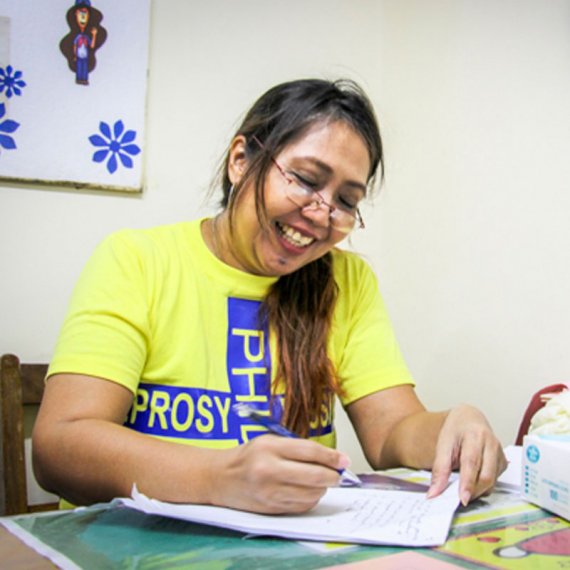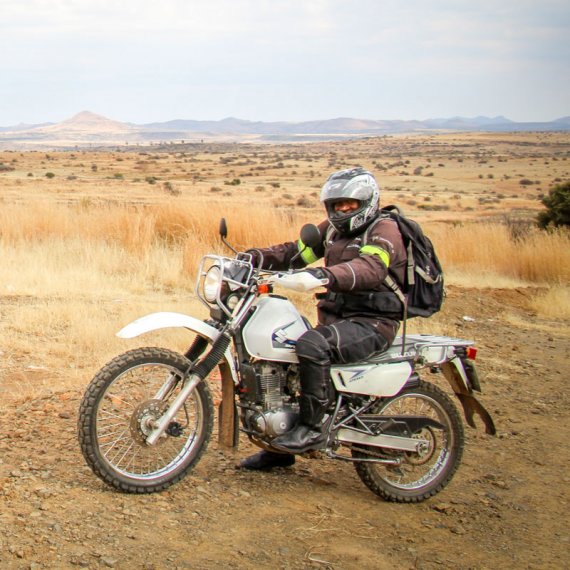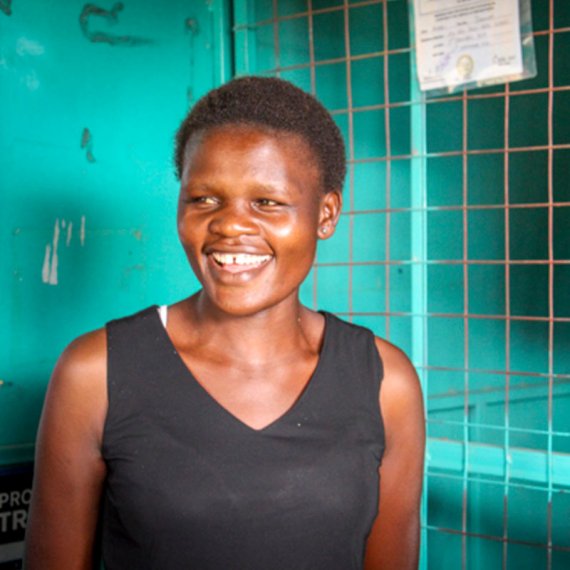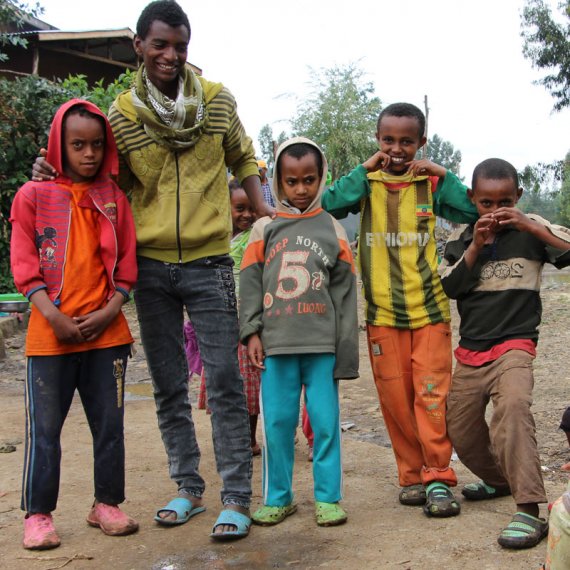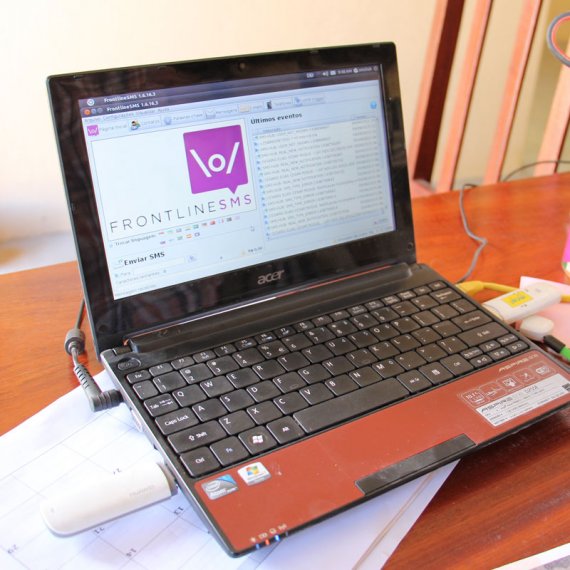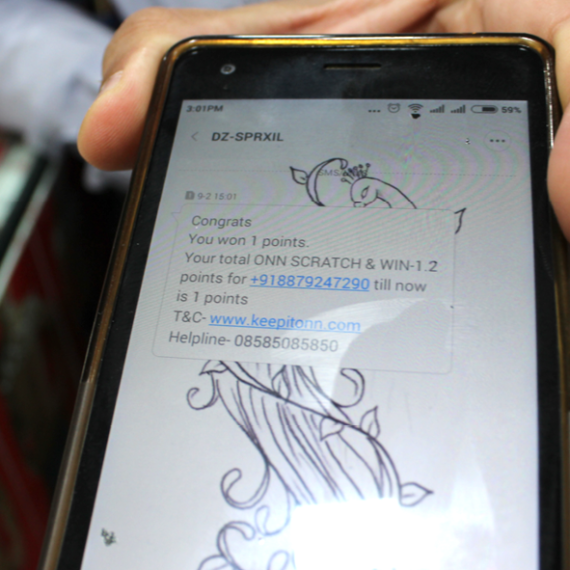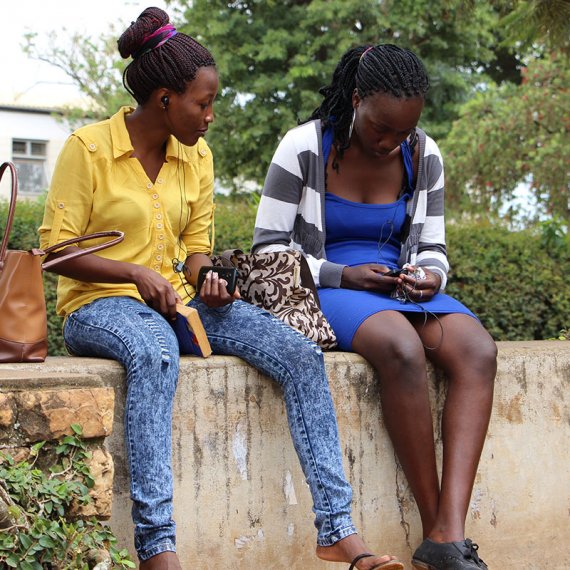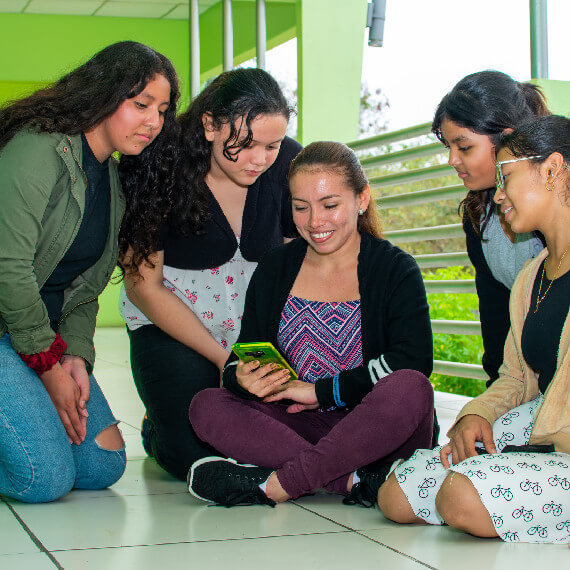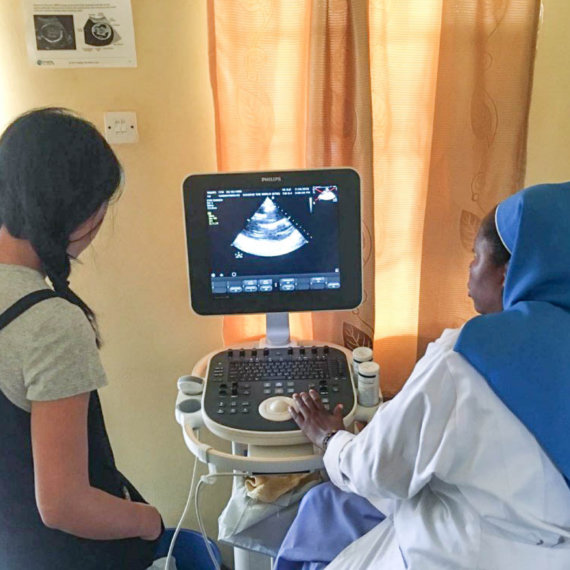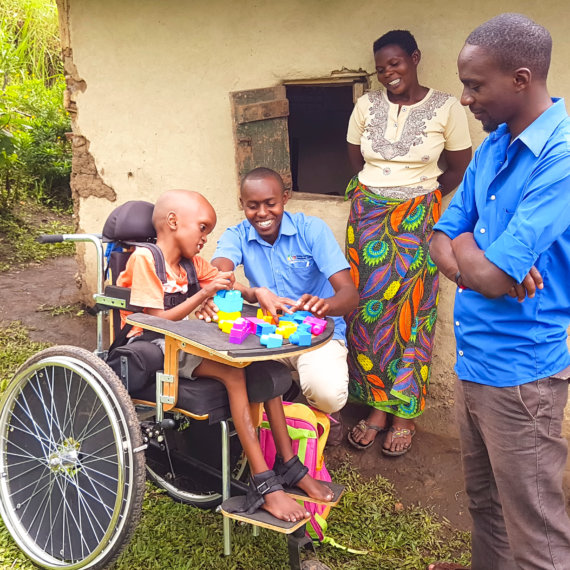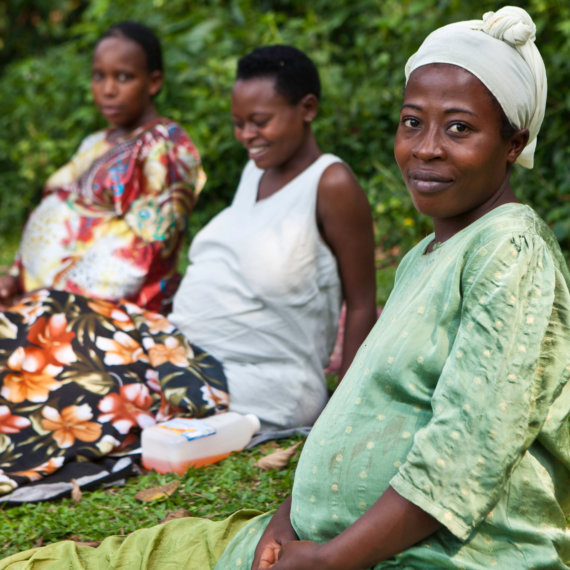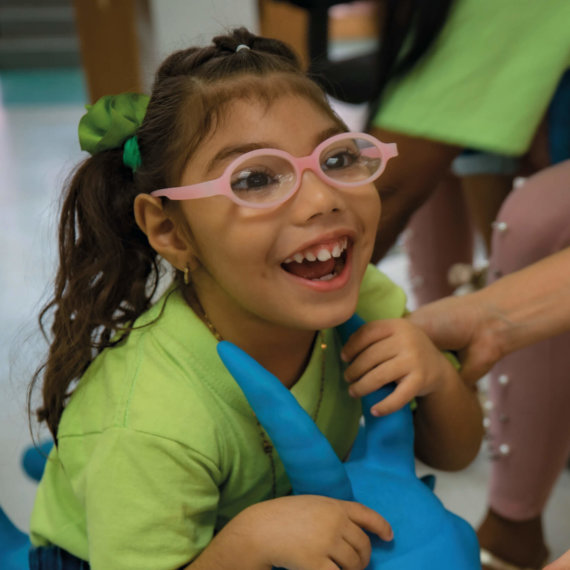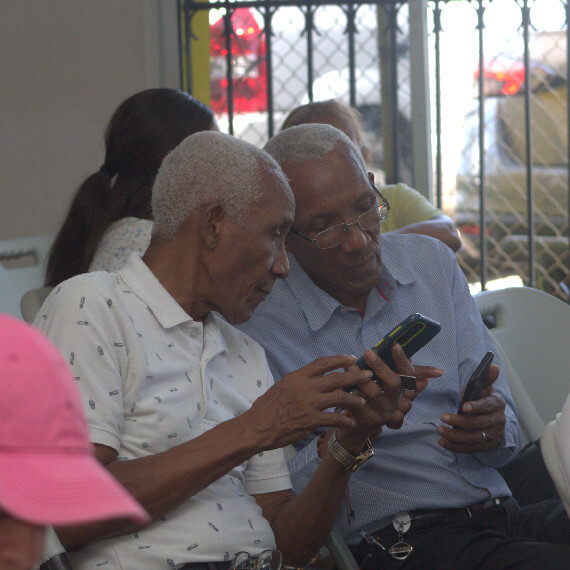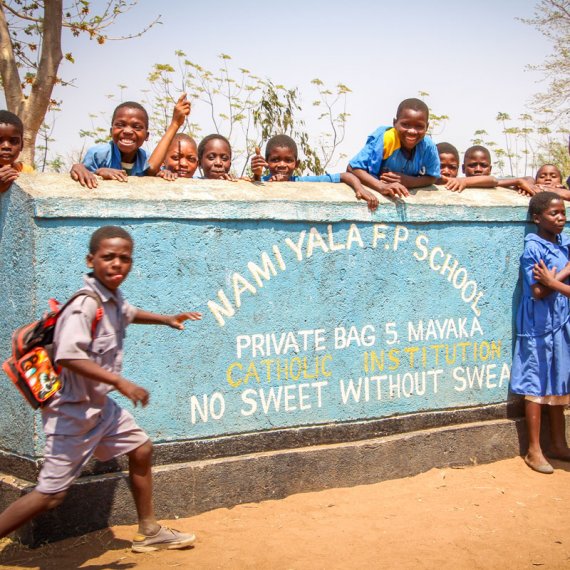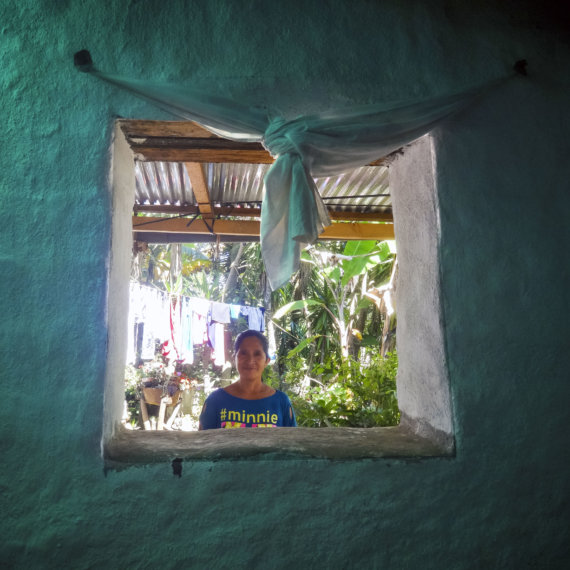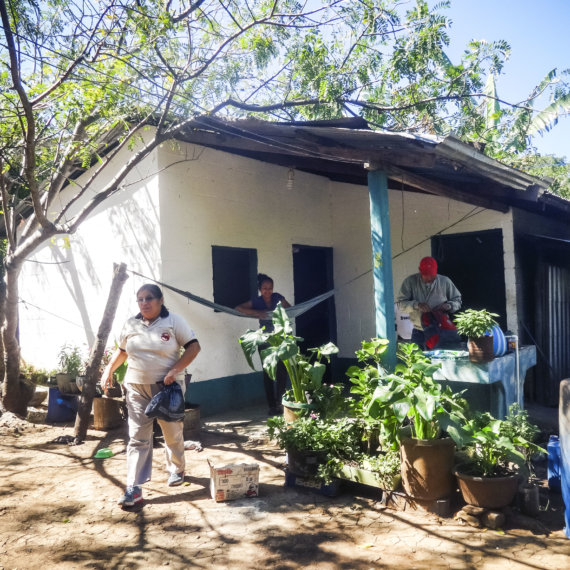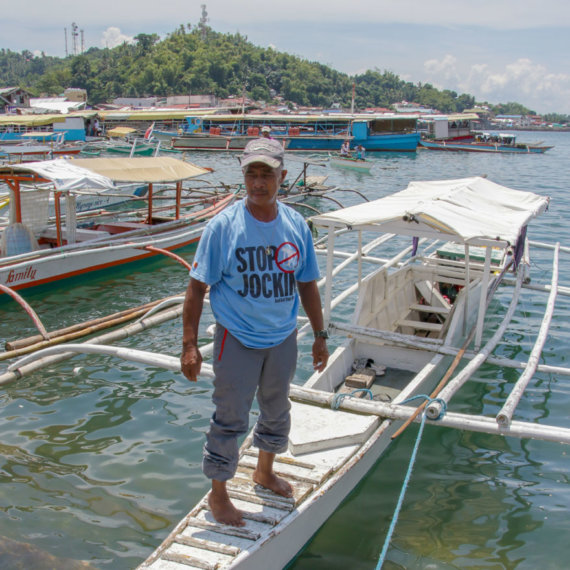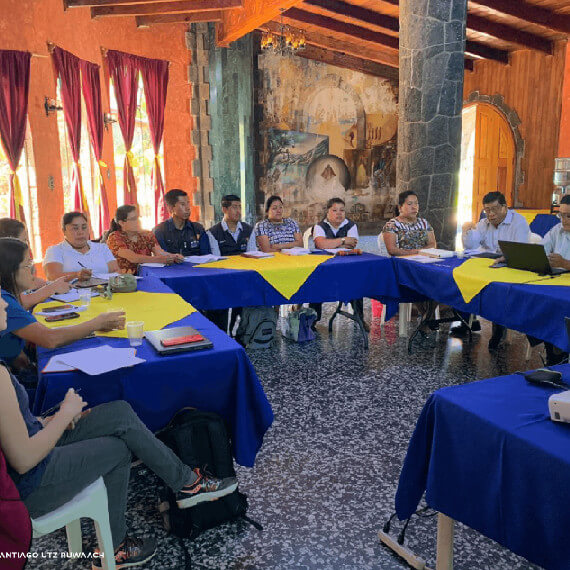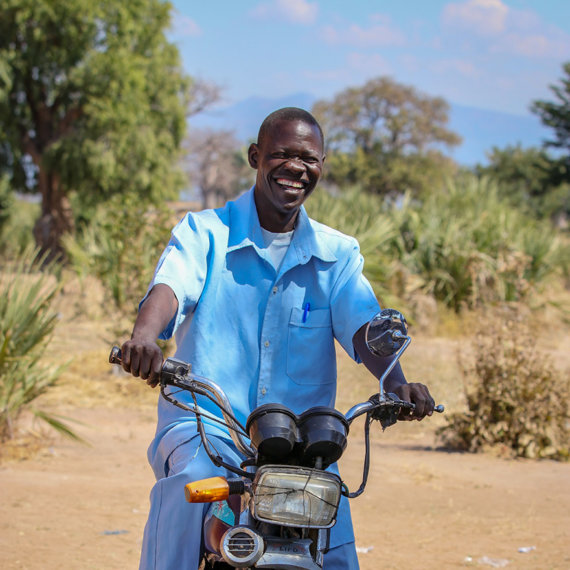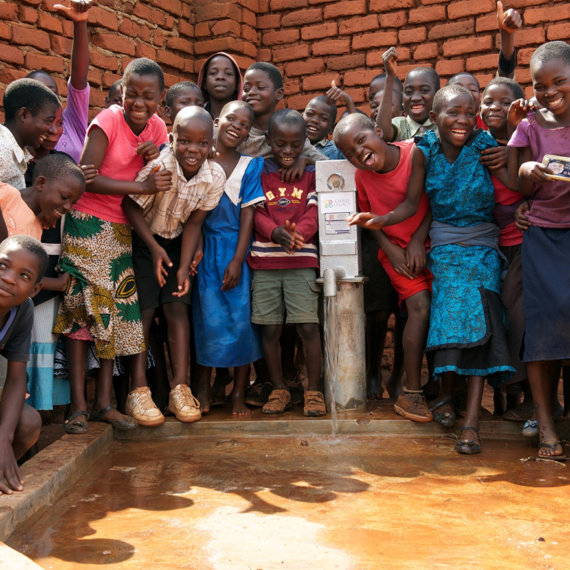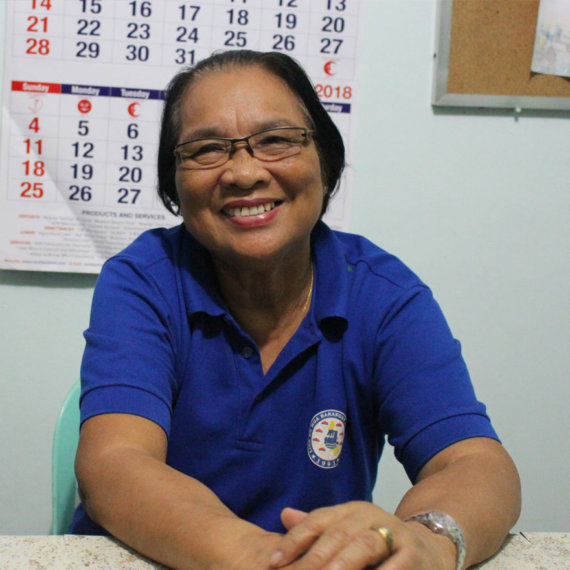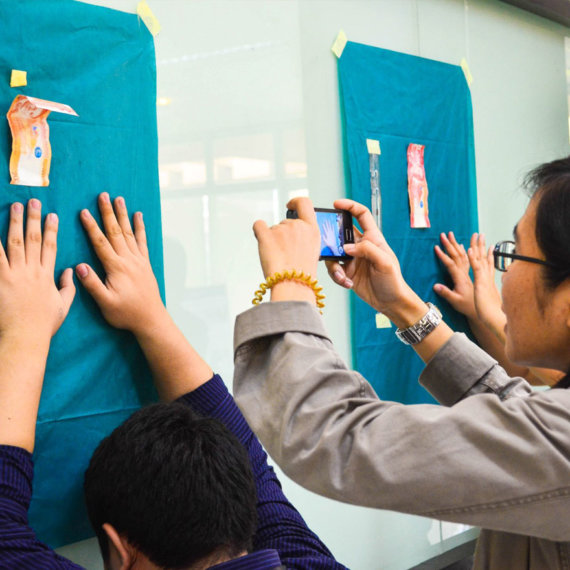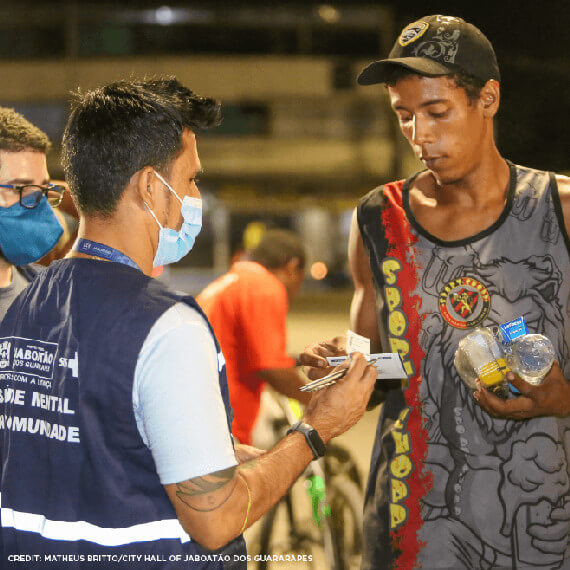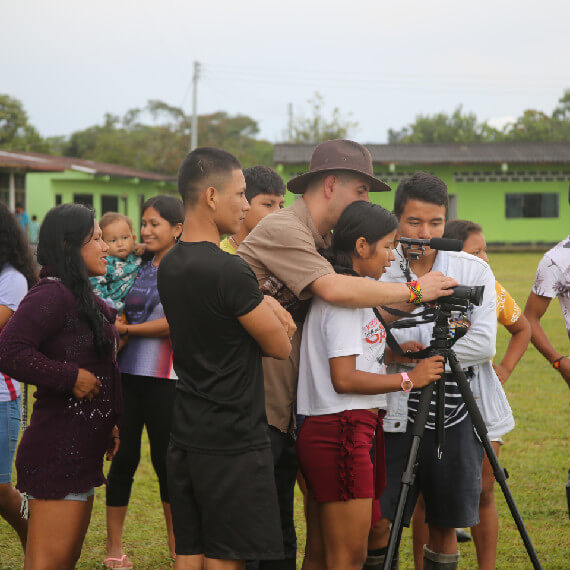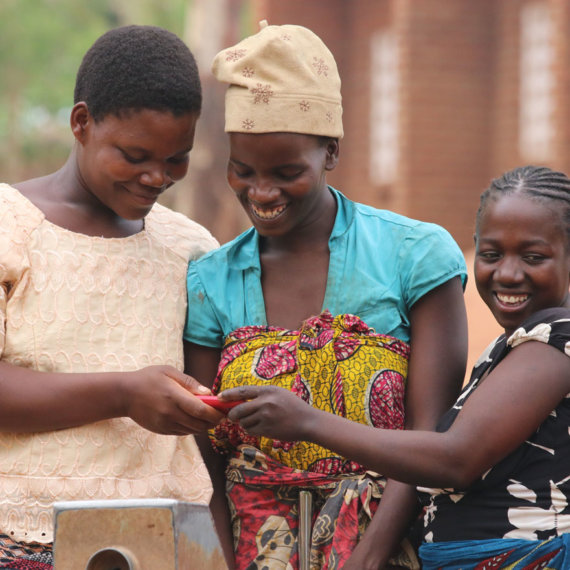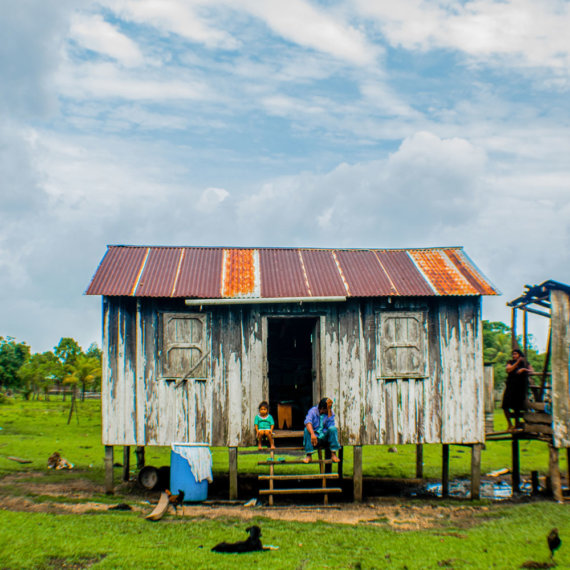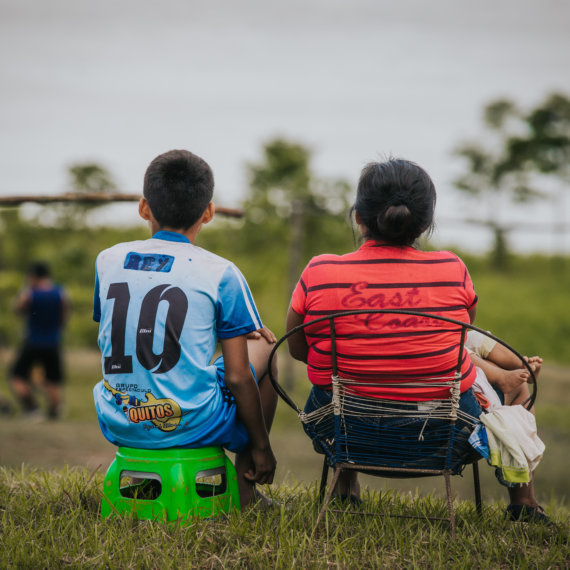PARTNERS IN LEPROSY ACTION (PILA)
PILA is a project that serves to integrate stakeholders in the national leprosy system and provide them with resources such that awareness, education and care for patients affected by leprosy can be improved and stigma associated with the disease can be reduced.
CONTINENT
Asia

Country
Philippines
Organizational structure
Nongovernmental organization
Health focus
Neglected Tropical Diseases, Leprosy
Areas of interest
Health education, Education sector involvement, Community mobilization, Disease control and elimination
Health system focus
Service delivery
CHALLENGES
The Philippines has the highest number of new leprosy cases detected in the Western Pacific Region over the past decade. The registered prevalence for 2014 was 508 with 1 655 new cases detected during that year (WHO, 2015c). Although elimination has been achieved when counting the entire population, there are pockets of high prevalence, which fail to meet the elimination criteria, especially in the Northern Luzon region (WHO, WPRO, 2012). Maintaining early detection and treatment is essential if the disease is to remain contained. Leprosy also still carries severe stigma and persons who have (or have had) leprosy, as well as their families, face discrimination and social marginalisation.
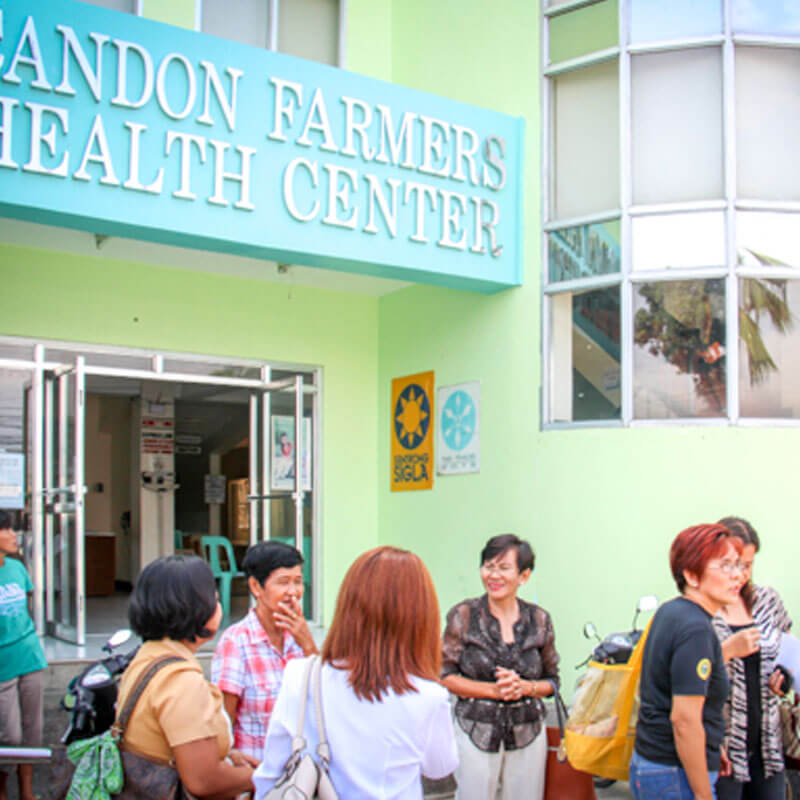
“Before PILA came… the social stigma was so strong, they were ashamed to come out… Their notion was ‘it’s in the family, it’s in the blood.’ They didn’t know they got it from another patient. Since PILA came they are now…not afraid to come here. They ask questions and they really come out in the open now, because they know leprosy can be treated.”
– Leprosy Coordinator/Nurse in the City Health Office
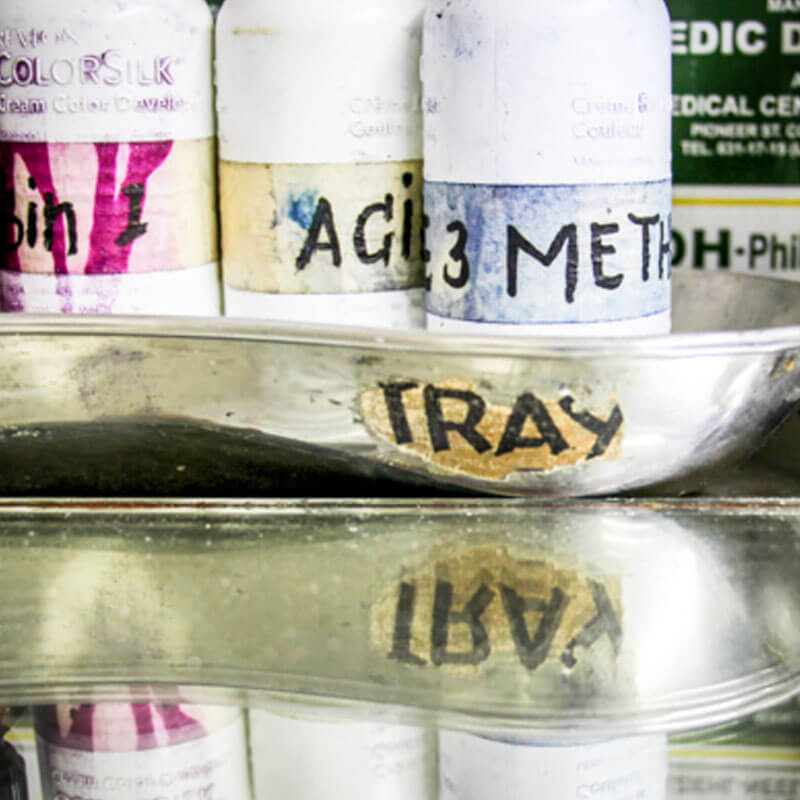
INTERVENTION
Partners in Leprosy Action (PILA) is a strategy, implemented by the Philippines Leprosy Mission (PLM), that serves to integrate stakeholders in the Philippines national leprosy system and provide them with resources to improve awareness, education and care for patients affected by leprosy and to reduce stigma associated with the disease. PILA provides training and resources for district health officials, public sector workers and patients. PLM staff conduct orientations, provide information materials and organize the training activities of municipal and city health officers, public health nurses, health workers and teachers. PILA also partners with the Department of Education to involve schools in the screening and education of communities regarding skin health and leprosy. Using ‘skin health’ as an entry point rather than ‘leprosy control’, PILA encourages community members to voluntarily consult for any skin disorder without the fear and anxiety attached to leprosy.
“PILA improves case finding strategy. It minimizes discrimination and, with the help of the PLM, they also give us logistics for the orientation of the doctors, midwives, nurses and barangay [community] health workers in preparation [for] the PILA strategy. We taught the nurses, the midwives [and] the health workers how to identify and treat leprosy cases.”
– Regional Leprosy Coordinator
PILA also engages and connects the Department of Health (DOH), provincial chief executives (i.e. governors, mayors), local health practitioners, public-sector leprosy coordinators, village health workers, private dermatologists, teachers, households and patients. Meetings, workshops, trainings, advocacy sessions and practical programmes integrate the different stakeholders and strengthen the existing system, providing a more holistic care approach for leprosy patients.
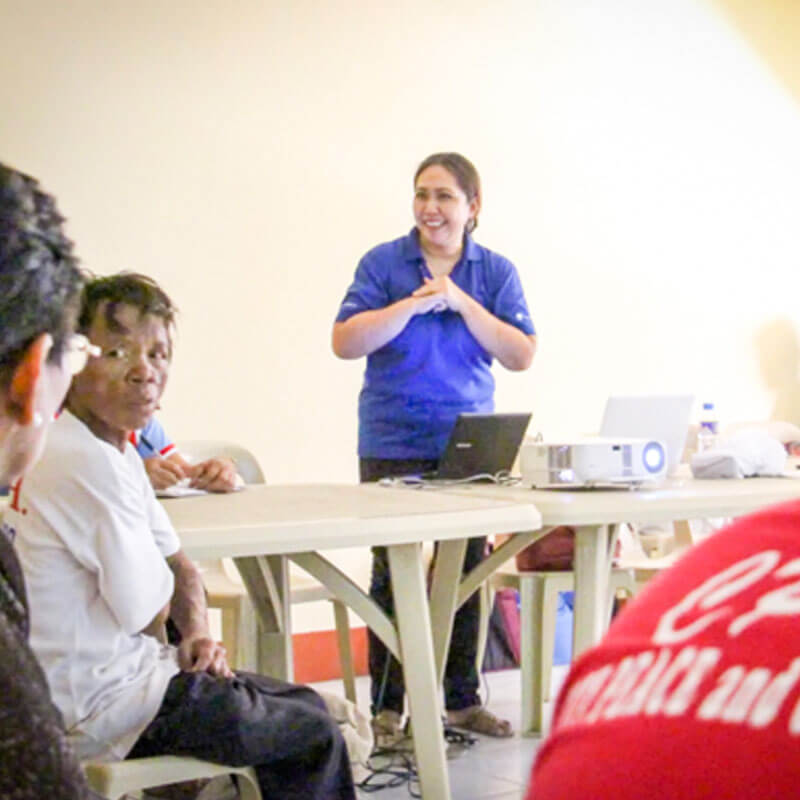
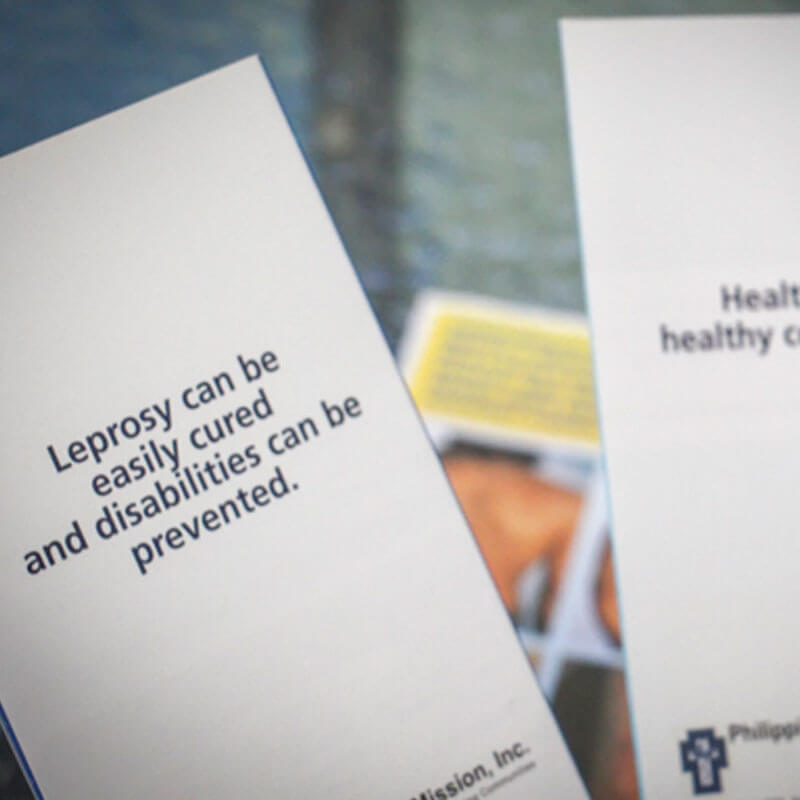
CASE INSIGHTS
The PILA case study shows how community-based organizations play a unique role in supporting the last steps to full disease elimination. Beyond delivering key services, these organizations can facilitate the integration and coordination of all system stakeholders in order to leverage appropriate skills and resources. It also demonstrates the value in engaging different sectors to raise awareness and knowledge about different health conditions, e.g. utilising the education system to provide information to school children, which can then be transferred to the household level. Increasing awareness and improving skills among frontline health workers, through regular training and engagement, helps improve the identification and treatment of neglected tropical diseases.
“Don’t be afraid to think big and to try out new things, because the problem you are trying to work on is important enough for you to actively try to solve it. There is no one way to solve a problem, you have to come up with new ideas, new methods, because it is the only way to progress. We cannot be using the same old methods for years. And some would say, ‘if it ain’t broke, why fix it?’ But that depends on whose perspective you’re coming from. In the past, people have told me: ‘Why do you have to do it that way? We’ve already been doing our community screening.’ But I don’t believe it is enough. I want to affect the change on a wider scale, and one must have the guts to do it, even if it’s not initially accepted. You have to persevere, even though there are challenges along the way. You have to keep on going based on your basic belief that things will get better as long as you don’t quit.”
– Dr Belen Dofitas, Co-founder, PILA
